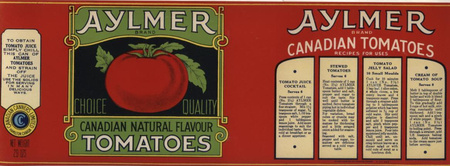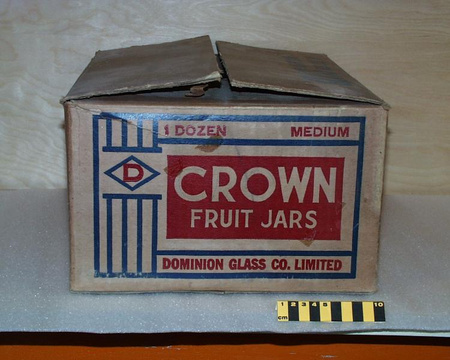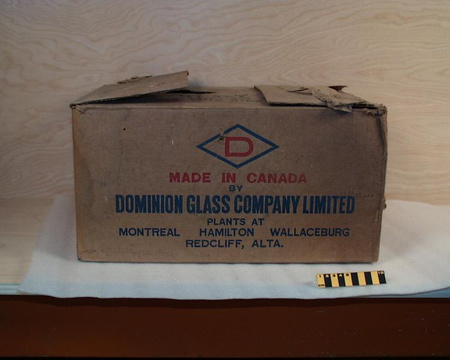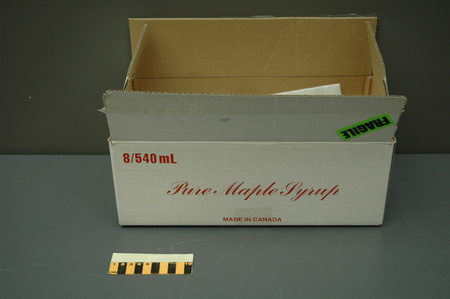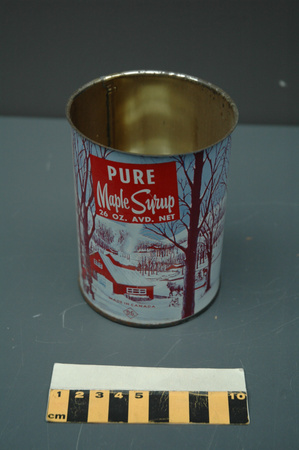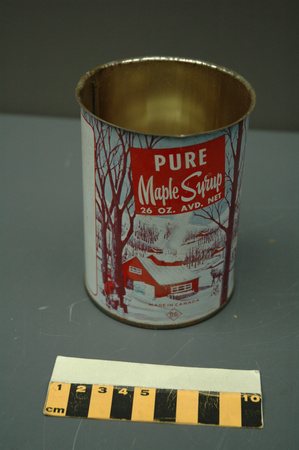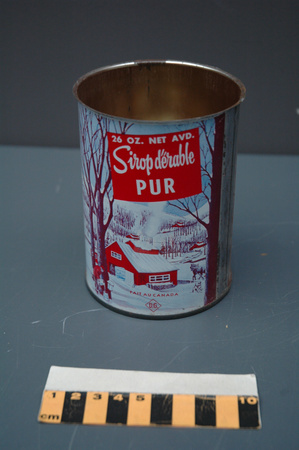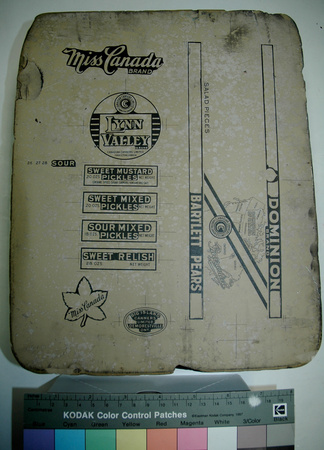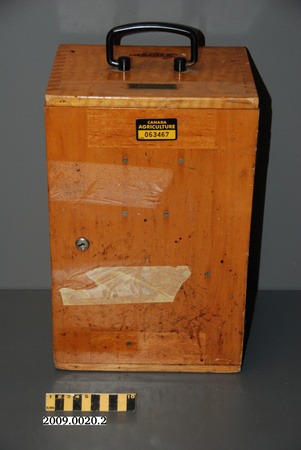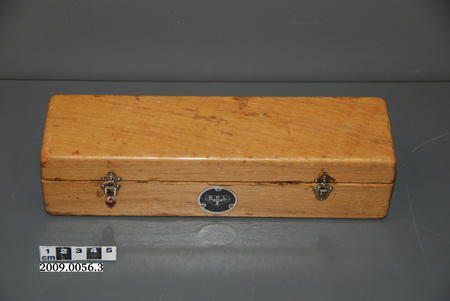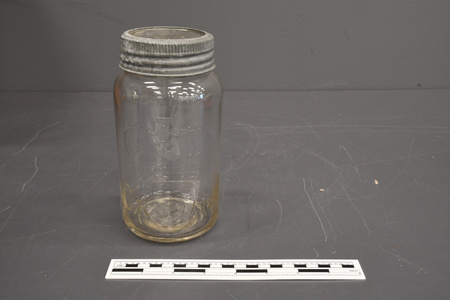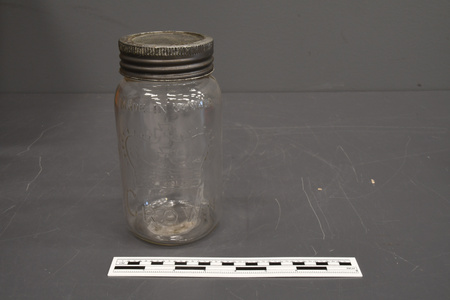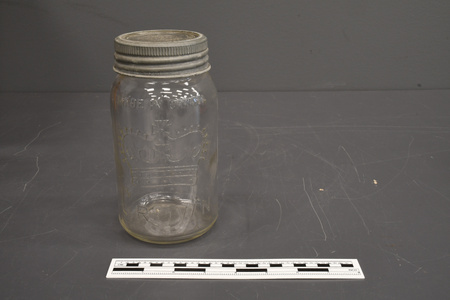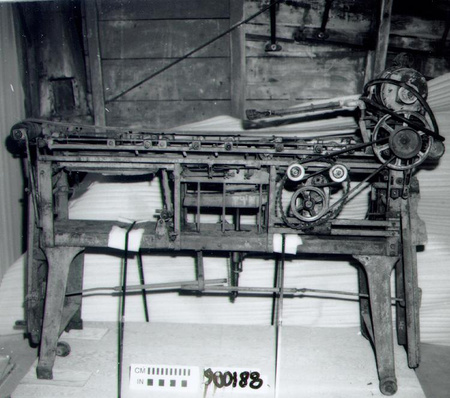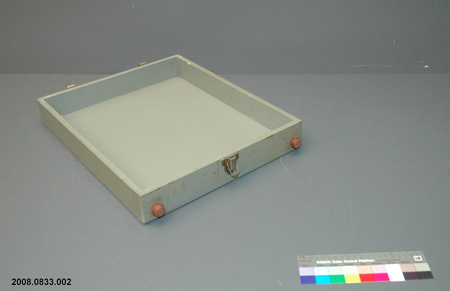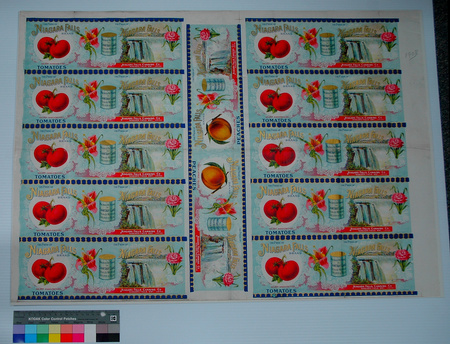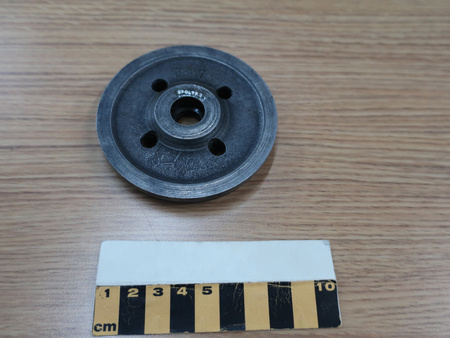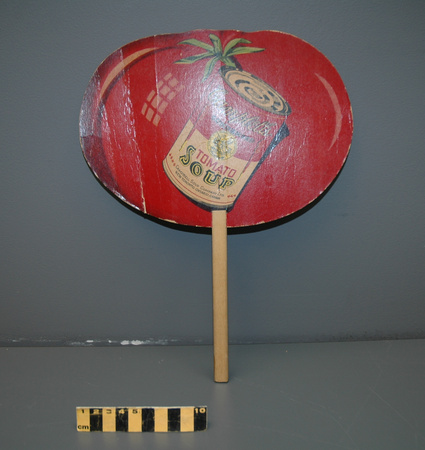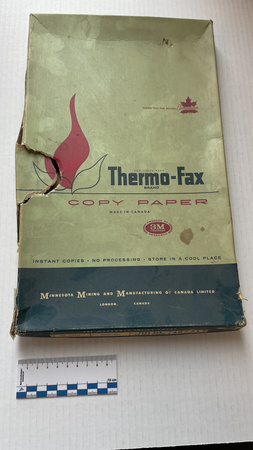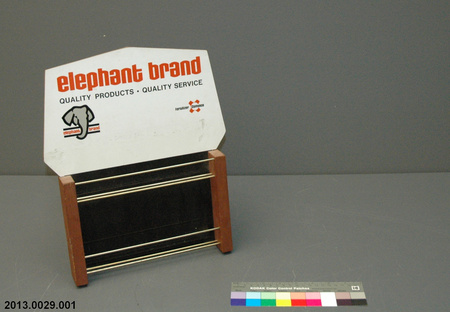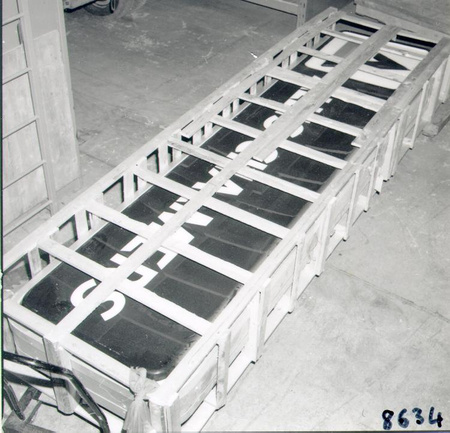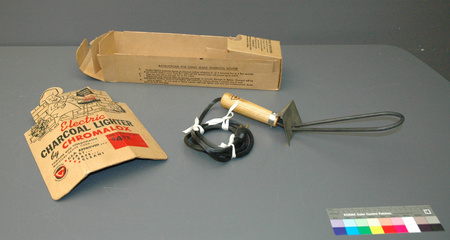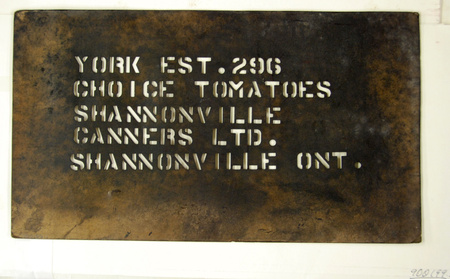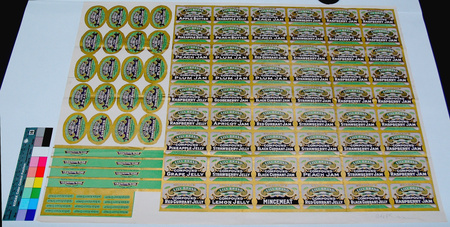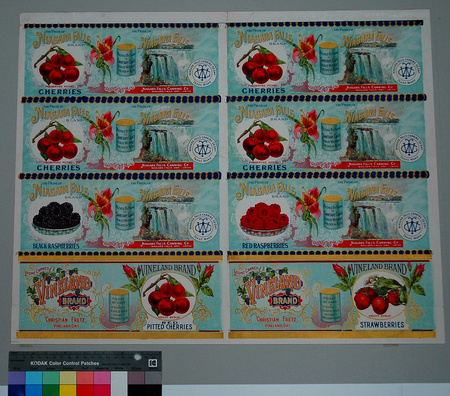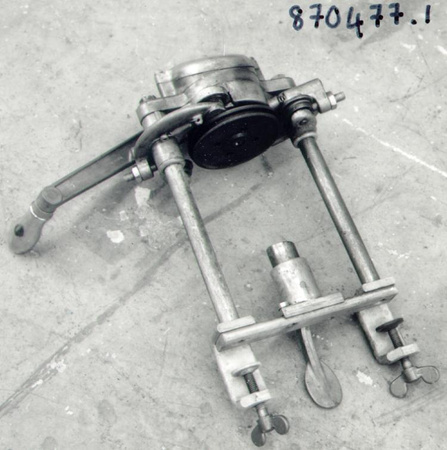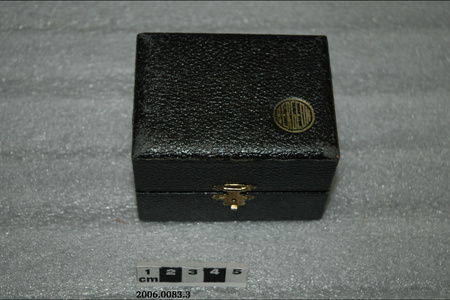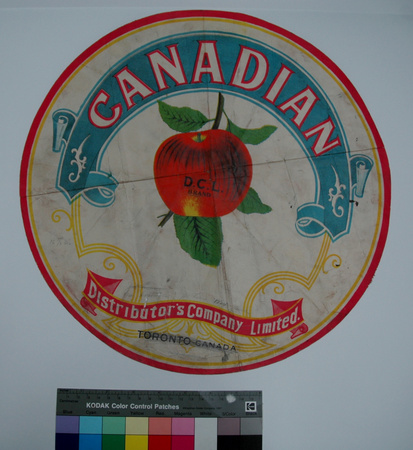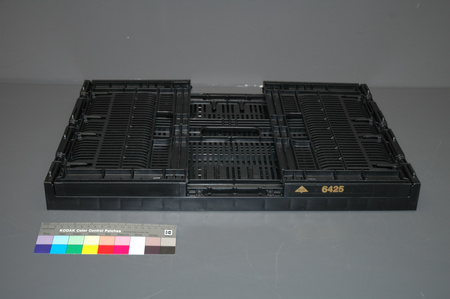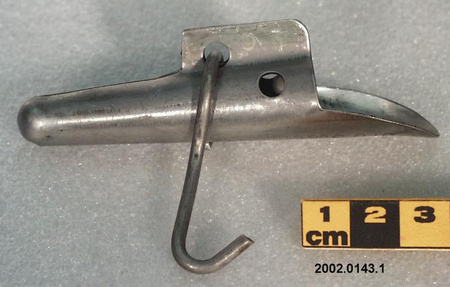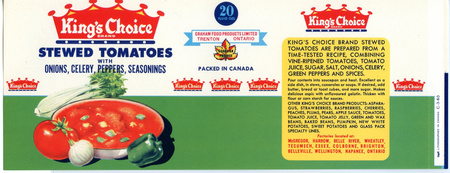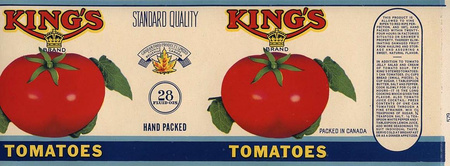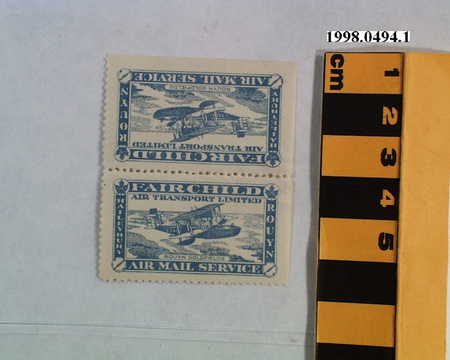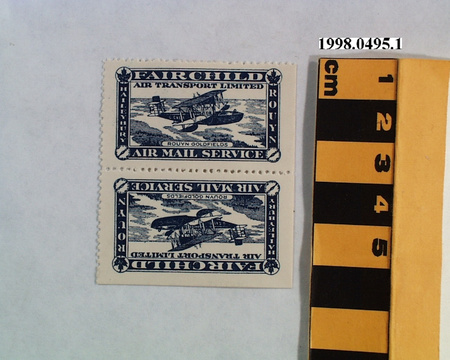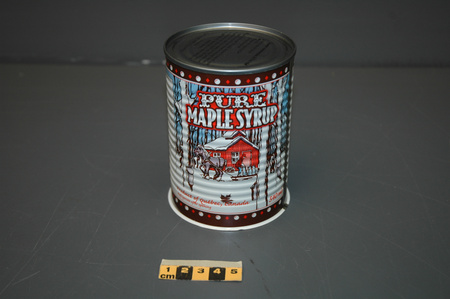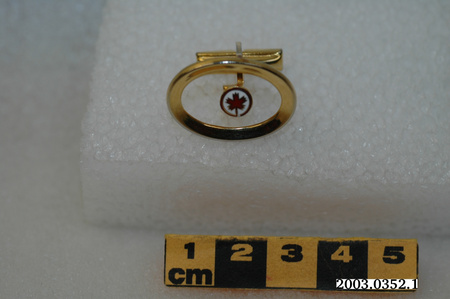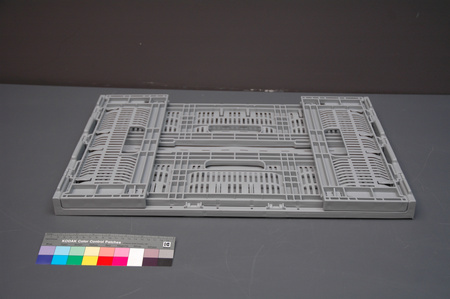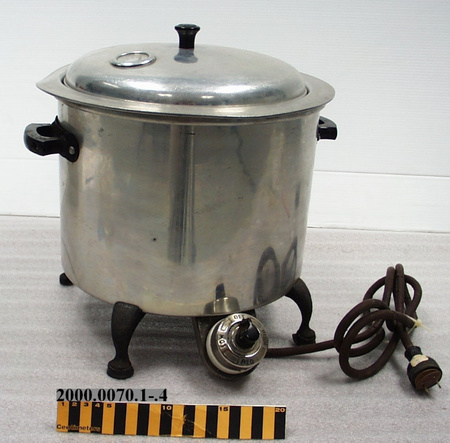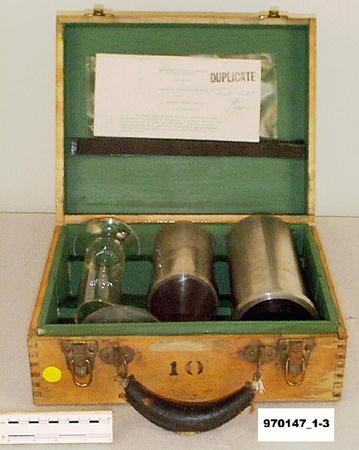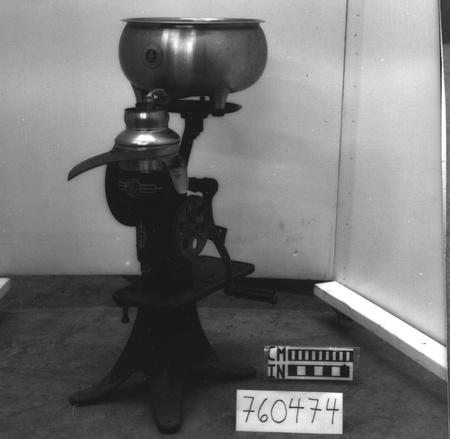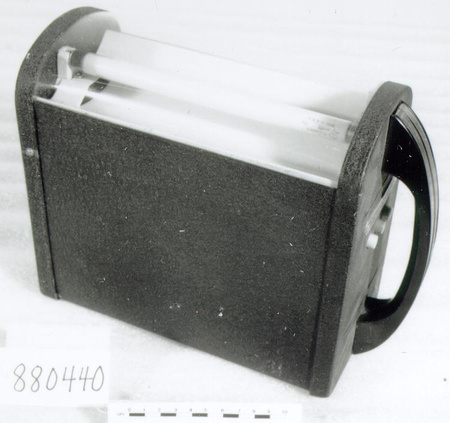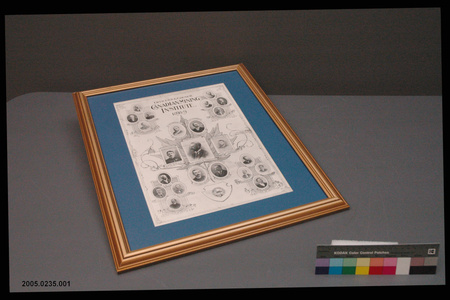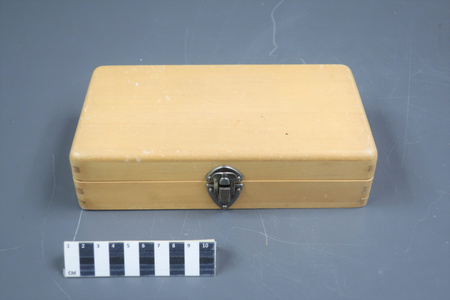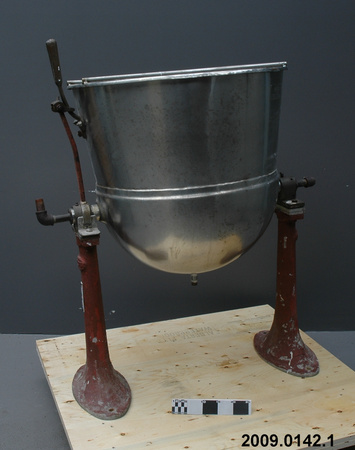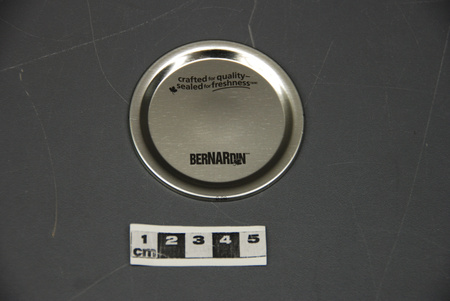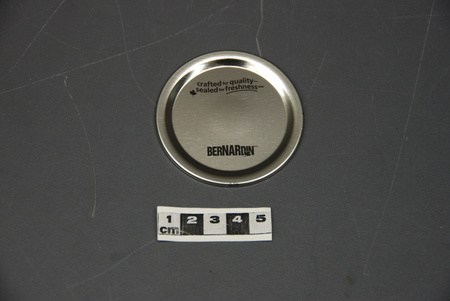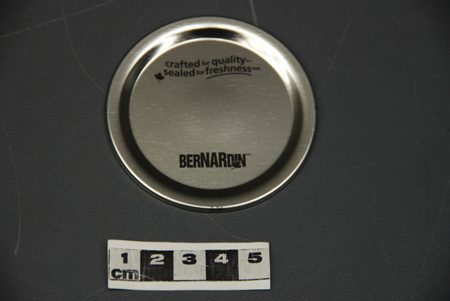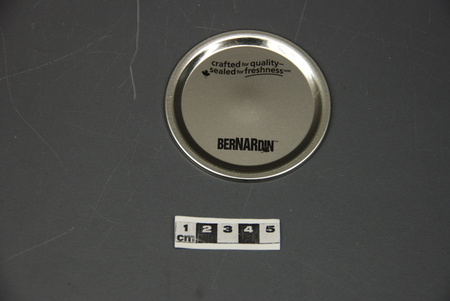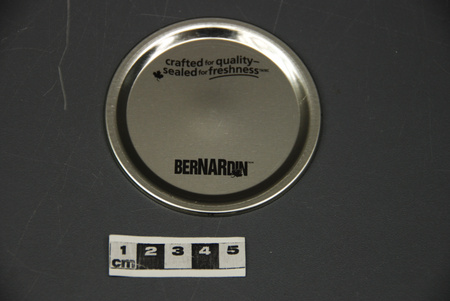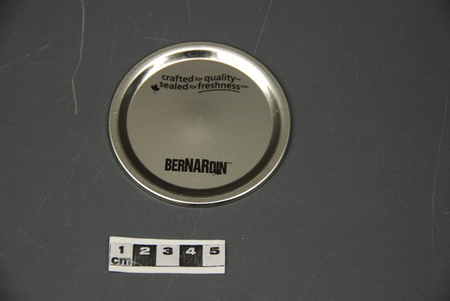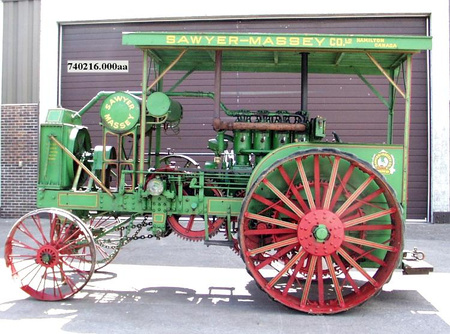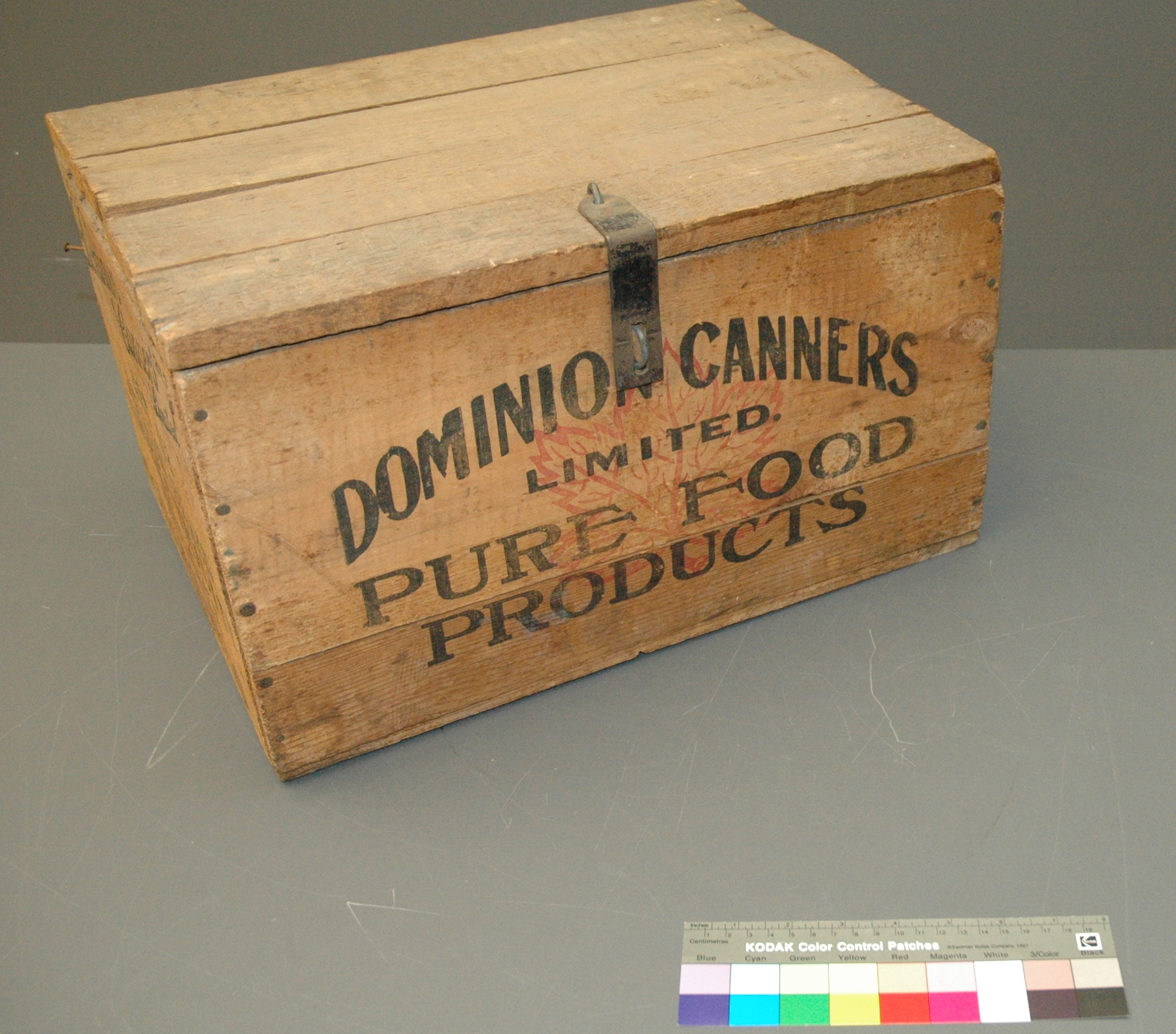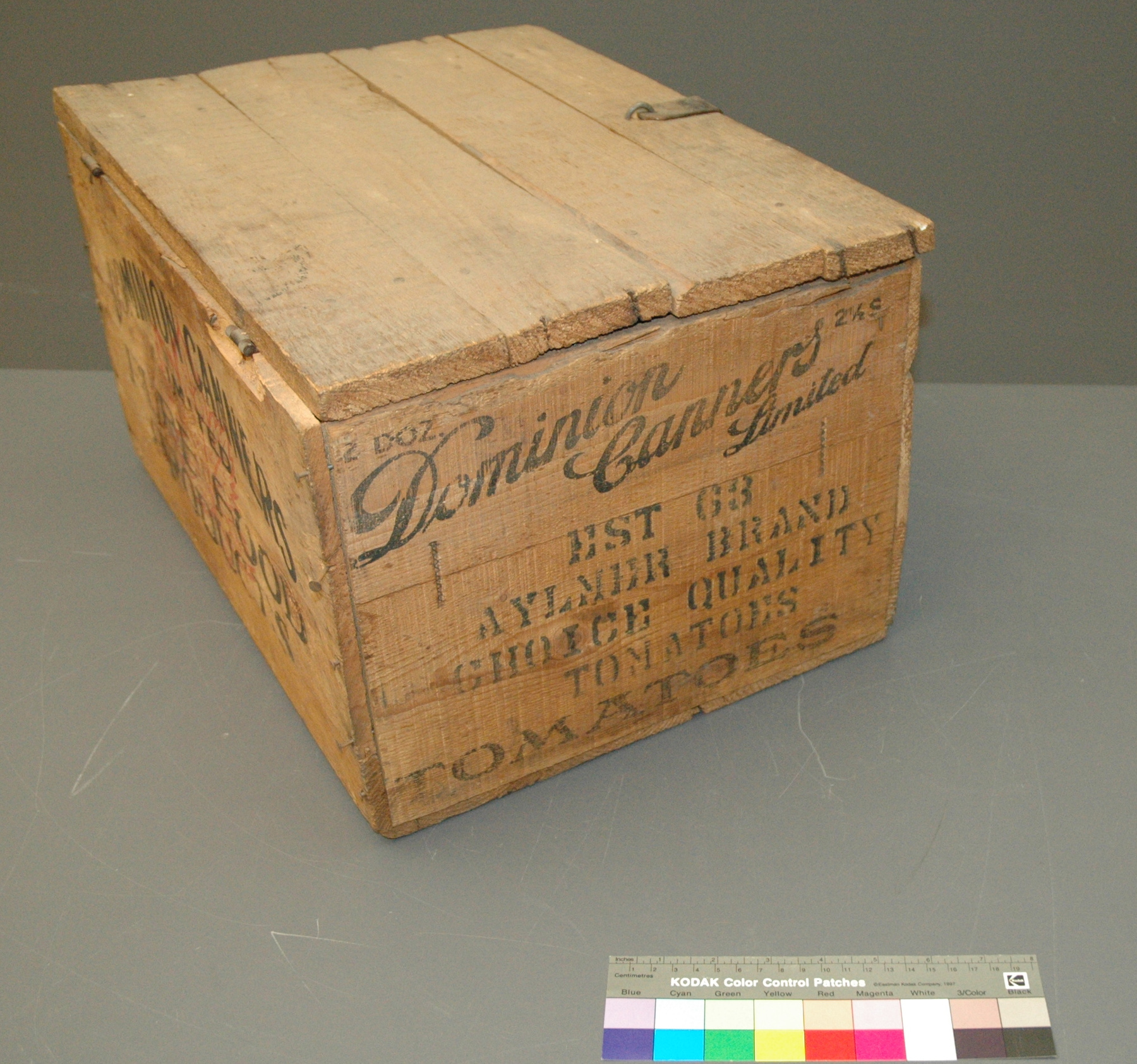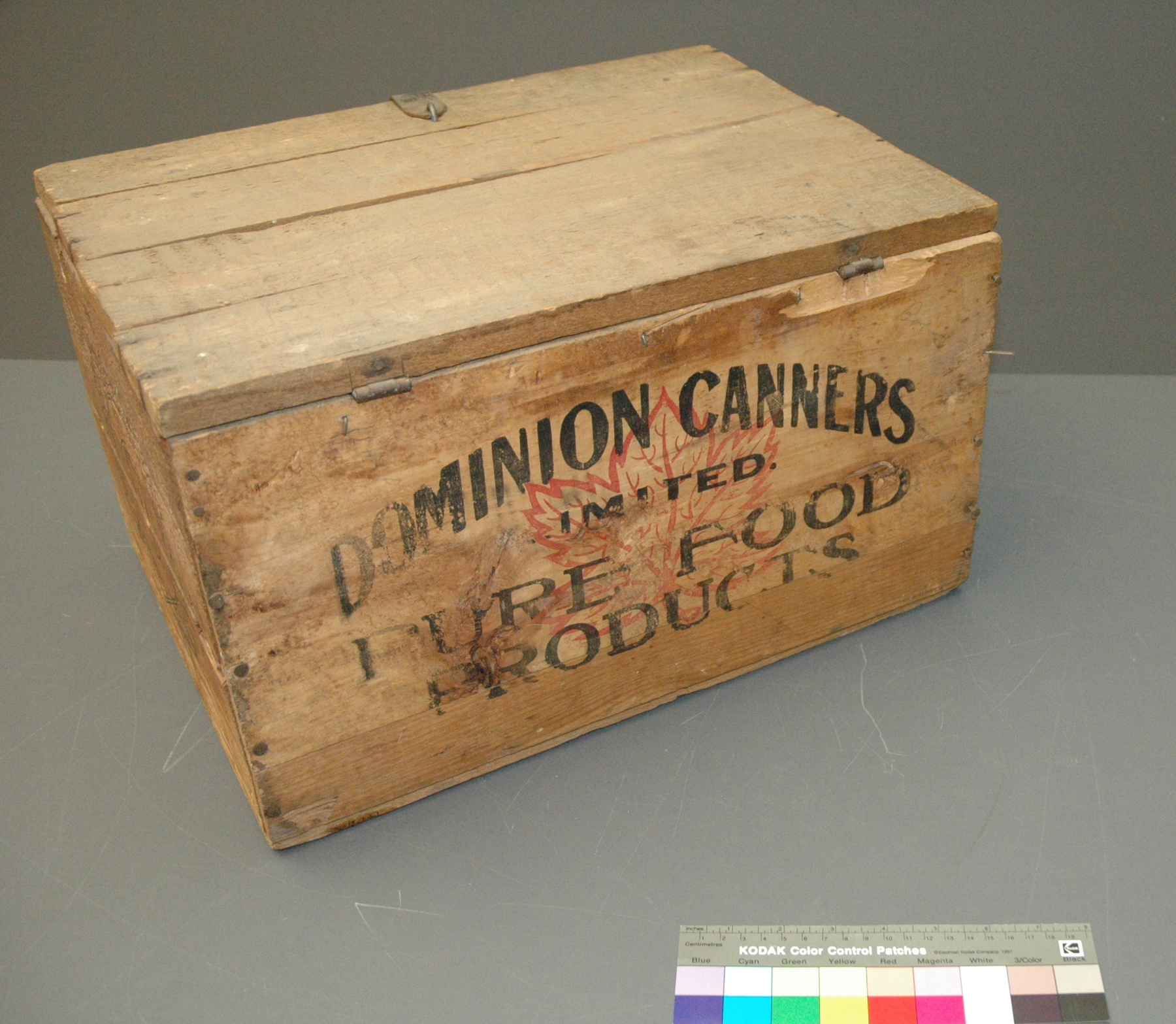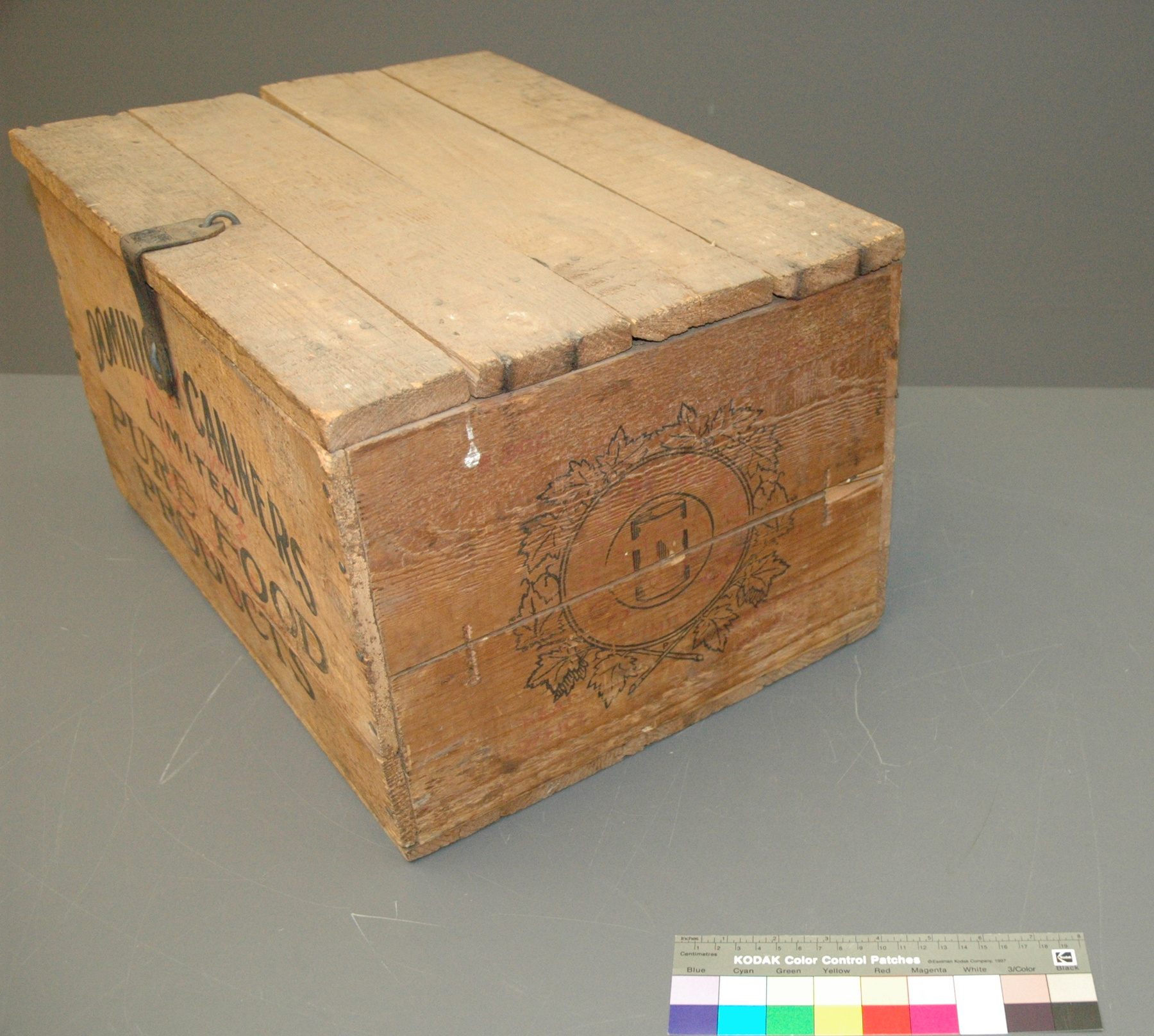Caisse
Utiliser cette image
Puis-je réutiliser cette image sans autorisation? Oui
Les images sur le portail de la collection d’Ingenium ont la licence Creative Commons suivante :
Copyright Ingenium / CC BY-NC-ND (Attribution-NonCommercial 4.0 International (CC BY-NC 4.0)
ATTRIBUER CETTE IMAGE
Ingenium,
2013.0066.001
Permalien:
Ingenium diffuse cette image sous le cadre de licence Creative Commons et encourage son téléchargement et sa réutilisation à des fins non commerciales. Veuillez mentionner Ingenium et citer le numéro de l’artefact.
TÉLÉCHARGER L’IMAGEACHETER CETTE IMAGE
Cette image peut être utilisée gratuitement pour des fins non commerciales.
Pour un usage commercial, veuillez consulter nos frais de reproduction et communiquer avec nous pour acheter l’image.
- TYPE D’OBJET
- WOOD
- DATE
- 1910–1923
- NUMÉRO DE L’ARTEFACT
- 2013.0066.001
- FABRICANT
- Inconnu
- MODÈLE
- Dominion Canners Limited
- EMPLACEMENT
- Inconnu
Plus d’information
Renseignements généraux
- Nº de série
- S/O
- Nº de partie
- 1
- Nombre total de parties
- 1
- Ou
- Tomato crate
- Brevets
- S/O
- Description générale
- An untreated wooden crate with metal hinges, clasp and hardware.
Dimensions
Remarque : Cette information reflète la taille générale pour l’entreposage et ne représente pas nécessairement les véritables dimensions de l’objet.
- Longueur
- 44,7 cm
- Largeur
- 33,0 cm
- Hauteur
- 27,0 cm
- Épaisseur
- S/O
- Poids
- S/O
- Diamètre
- S/O
- Volume
- S/O
Lexique
- Groupe
- Agriculture
- Catégorie
- Commerce
- Sous-catégorie
- S/O
Fabricant
- Ou
- Inconnu
- Pays
- Inconnu
- État/province
- Inconnu
- Ville
- Inconnu
Contexte
- Pays
- Canada
- État/province
- Québec
- Période
- Inconnu
- Canada
-
Nicolas Appert is the first to have found a way to preserve food by putting the content into an hermetic glass jar and boiling it. This happened at the beginning of the 19th century. Tin cans soon were used to preserve food and canning became an important commercial activity in Canada to preserve food and to offer it for sale to a growing number of city residents in the context of rapid urbanisation . The first successful fruit and vegetable canning factory in Canada is attributed to Wellington Boulter in Pictou, Ontario, in 1882. Previously to this, canning was mainly commercially done for salmon. “The Aylmer Canning Factory was first established in 1879 in Aylmer Ontario. It was sold to partners Marshall and Nairn… .According to a 1891 census, it was the third largest such plant in Canada! Aylmer Canning Factory was eventually sold to Del Monte.” [see worksheet for the complete information] - Fonction
-
To transport cans of Aylmer brand tomatoes, 2 dozen per crate. - Technique
-
Inconnu - Notes sur la région
-
Inconnu
Détails
- Marques
- Mfr's stamp front & back [looks like branding]:"DOMINION CANNERS/LIMITED./PURE FOOD/PRODUCTS". Mfr's stamp left side:"2 DOZ./Dominion/Canners/Limited/2½ S/EST G3/AYLMER BRAND/CHOICE QUALITY/TOMATOES". Mfr's stamp right side:"company logo/DOMINION/CANNERS/LIMITED/HEAD/OFFICE/HAMILTON/ CANADA".
- Manque
- Nothing is missing.
- Fini
- An untreated wooden crate with metal hinges, clasp and hardware.
- Décoration
- A stamped red maple leaf and the company logo which is a circle of black maple leaves with a can in the center.
FAIRE RÉFÉRENCE À CET OBJET
Si vous souhaitez publier de l’information sur cet objet de collection, veuillez indiquer ce qui suit :
Fabricant inconnu, Caisse, entre 1910–1923, Numéro de l'artefact 2013.0066, Ingenium - Musées des sciences et de l'innovation du Canada, http://collection.ingenium.ca/fr/id/2013.0066.001/
RÉTROACTION
Envoyer une question ou un commentaire sur cet artefact.
Plus comme ceci
